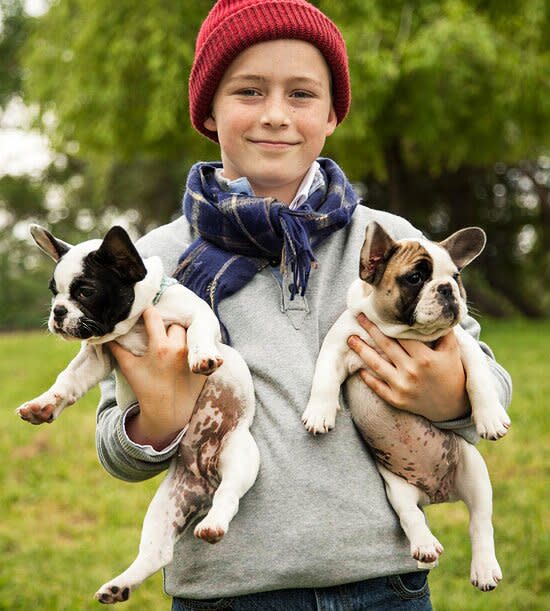13 Dog Park Etiquette Rules

Taking your pooch to a dog park is a great way to provide your pet with physical and mental stimulation. At a dog park, your dog can have valuable free time off leash and play with other canines who live nearby. And, because dog parks are springing up across the country, there's probably at least one located close to your home.
Every dog park has its own set of regulations, but here are some basic rules.
Before You Go
Choose the right park. Look for a dog park that has training tools such as teeter-totters, A-frames, and weave poles scattered about. A bare, open field is fine since most dogs are content to wrestle and play with their friends, but it will be more stimulating for your dog if there are other challenges to tackle while it's at the park. Taking your dog to an open field day after day isn't a whole lot different than taking your kids to an empty parking lot to play. They'll always find something to do, but they won't be as happy without things to climb on or over.
Neuter/spay your pet. Before you bring your dog to the park, neuter or spay your pet. Unneutered males can become bossy and/or aggressive, especially with other male dogs they don't know. And female dogs in estrus will cause all sorts of chaos with male dogs and even other females.
Make sure shots are up-to-date. Before you expose your pet to other dogs at a dog park, be sure your pet is up-to-date on all its inoculations.
Update identification. Make sure your pet has identification firmly attached to its collar. Even though it's in a fenced enclosure, it's still important to have proper identification just in case your pet gets loose. Plus, some dogs look alike and you don't want your pet to go home with the wrong owner. If there's a pack of black Labrador retrievers playing together, someone might grab the wrong dog if they aren't paying close attention.
Train before you go. The key command your dog should know before you take him to a dog park is "come." You want your dog to immediately return to your side when you call. The last thing you want to spend time doing at the dog park is chasing Fido around when it's time to leave.
Keep puppies at home. Never bring a puppy that's younger than four months old to a public dog park. At that age, their vaccinations are not yet complete, and they could be susceptible to diseases. Also, young puppies might be frightened by large, active canines.
Once You Arrive

Learn the rules. Read and follow the rules of each dog park before you walk in. Different dog parks often have different rules and some might charge a fee or expect you to volunteer some time each week to keep it in good shape. So, know the ground rules before you go.
Check the fence. Visit dog parks that are completely and tightly fenced. Once your dog is off leash, you don't want it sneaking under a fence or through an open gate where it could be hit by a car. Before you turn your dog loose, walk the perimeter to check for escape routes. This is especially important if you have a small or timid dog that might look for a quick exit.
Survey the park. Before you turn your dog loose, check out the canine crowd. If the park is overcrowded or if there are a lot of wild, unsupervised dogs running about, you might want to come back at a calmer time. The best time to visit a dog park is when all the other canines are in a calm but playful mood.
Take care with small dogs. If you have a toy breed or an elderly dog, look for a dog park that has a separate fenced area for more fragile breeds. That way your pet can frolic with dogs its own size instead of getting ruffed up by bigger, heavier breeds. Check out these popular small dog breeds.
Be a responsible owner. Always pick up your dog's waste. Many parks have plastic bags available for you to use, but bring your own bags just in case. Not removing your dog's waste is rude and might cause you to be permanently banned from the dog park.
Watch your dog. Dog parks are a perfect place to socialize with other pet owners, but don't ignore your dog. Always keep an eye on it to make sure it's not being bullied (or being a bully). Enjoying the dog park with your pet should be a time of bonding, not a time to relinquish your ownership duties.
Bring refreshments. Most dog parks provide access to fresh, clean water for your pet, but it's still smart to bring a collapsible dog bowl with your own fresh water just in case. Dogs can overheat quickly during the summer, so be sure to have a water supply handy. And don't forget your dog's favorite treats, especially if you are practicing basic obedience at the park.
